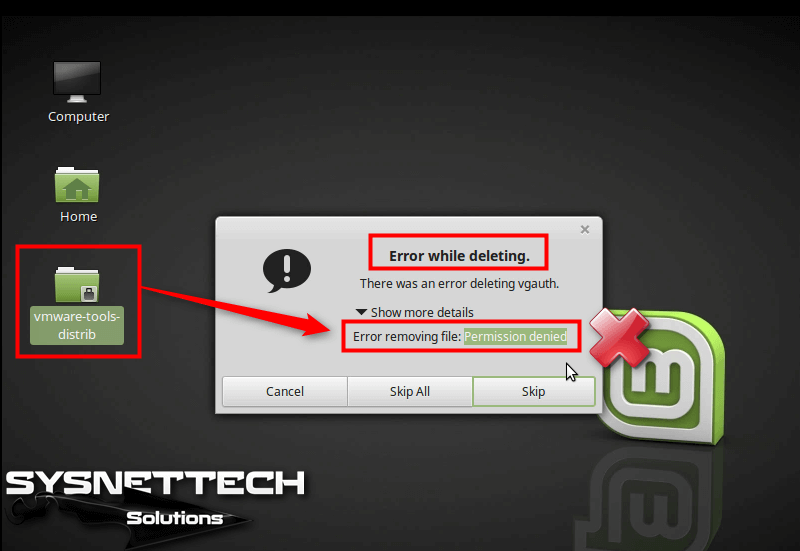Delete File Without Permission Linux
Delete File Without Permission Linux. If you have write permission, you can add or remove entries. Without it, you can't enter the directory to do anything.

Without it, you can't enter the directory to do anything. Traversal) permissions on the containing directory, and the file in question must not be immutable. Expect, save to file and remove before prompt.
Any User With “W” And “X” On The Directory Can Delete Any File In The Directory.
If you wanted to use your gui file manager (nautilus, thunar, caja, dolphin, etc) you could use the root account to delete the files. After that, think of them as a two column file. In our case, the directory is /home/aqsa_yasin/directory1.
Specifically, To Delete/Rename A File, A User Needs To Have Write And Execute (I.e.
The only relevant attribute to the file itself is the file system attribute immutable, see man lsattr, man chattr. The command that executes such tasks is the chmod command. Expect, save to file and remove before prompt.
On Linux, You Can Delete Files, Directories, And Folders Using The Rm Command.
The permissions of the containing directory determine the ability to rename and delete files. Linux divides the file permissions into read, write and execute denoted by r,w, and x. Even things owned by root outside of thier home dir.
Using Chmod Command To Change File Permissions.
To delete a file requires both write (to modify the directory itself) and execute (to stat () the file's inode) on a directory. As all linux users, you will at some point need to modify the permission settings of a file/directory. Now let’s first investigate the existing attribute of a directory and the files in it.
The Right To Delete (Or Create Or Rename).
The permissions on a file can be changed by ‘chmod’ command which can be further divided into absolute and symbolic mode. Most file managers probably have an open folder as root or similar option, or just run the file manager with sudo (, from a terminal would work. However, when i login as a regular (specifically, jailed) user under sftp, i can remove anything i want in the chrooted dir.
Post a Comment for "Delete File Without Permission Linux"